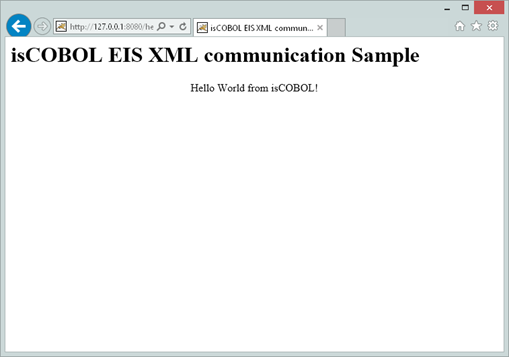COBOL Servlet Programming with AJAX and XML
AJAX ( Asynchronous JavaScript and XML) is a group of interrelated Web development techniques used on the client side to create asynchronous Web Applications. With Ajax, Web applications can send data to, and retrieve data from, a server asynchronously (in the background) without interfering with the display and behavior of the existing page.
Extensible Markup Language (XML) is a text format derived from Standard Generalized Markup Language (SGML). Compared to SGML, XML is simple. HyperText Markup Language (HTML), by comparison, is even simpler. Even so, a good reference book on HTML is an inch thick. This is because the formatting and structuring of documents is a complicated business.
Most of the excitement about XML is related to a new role as an interchangeable data serialization format. XML provides two enormous advantages as a data representation language:
• It is text-based
• It is position-independent
The scope of this paragraph is to show how to develop a simple web application that uses XML stream to communicate data from COBOL servlet to a Web form.
The following example called HELLO.cbl, is located in sample/eis/http/xml folder. The README.txt file explains how it works and how to deploy it.
This example needs to take the following steps:
• Create an HTML file called index.html that is able to establish an AJAX communication to receive an XML stream from COBOL servlet program:
In index.html there is included a Javascript code based on JQUERY to be able to call some COBOL servlet entry points making a GET request type (default) and receiving XML data stream:
function callServer (cobolProg) { var url = "servlet/isCobol(" + cobolProg + ")"; jQuery.ajax(url, { success: handleSuccess, error: handleError }); return false; } |
• Load all COBOL Servlets using the following statement:
window.onload = callServer('HELLO'); |
Note that when HELLO COBOL Servlet is loaded the following code executed:
move "Hello World from isCOBOL!" to xml-hellotext. lnk-area:>displayXML (hello-buffer). |
And XML stream is returned to the Web form with the displayXML() command.
When running this example the result is the following:
